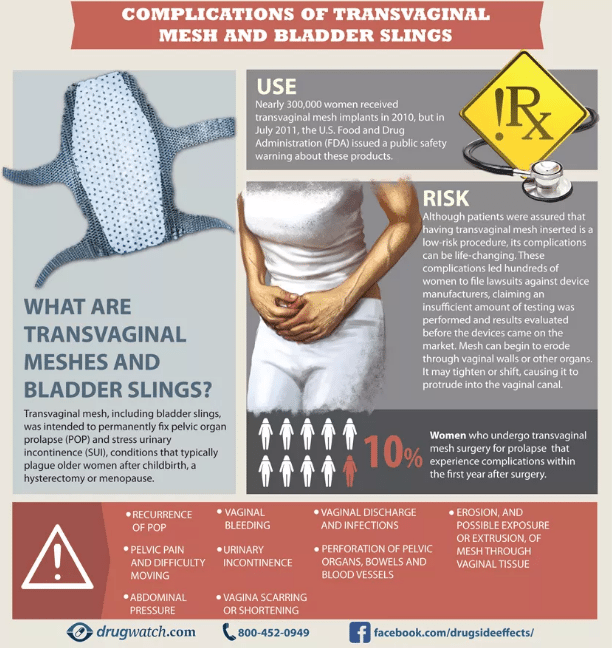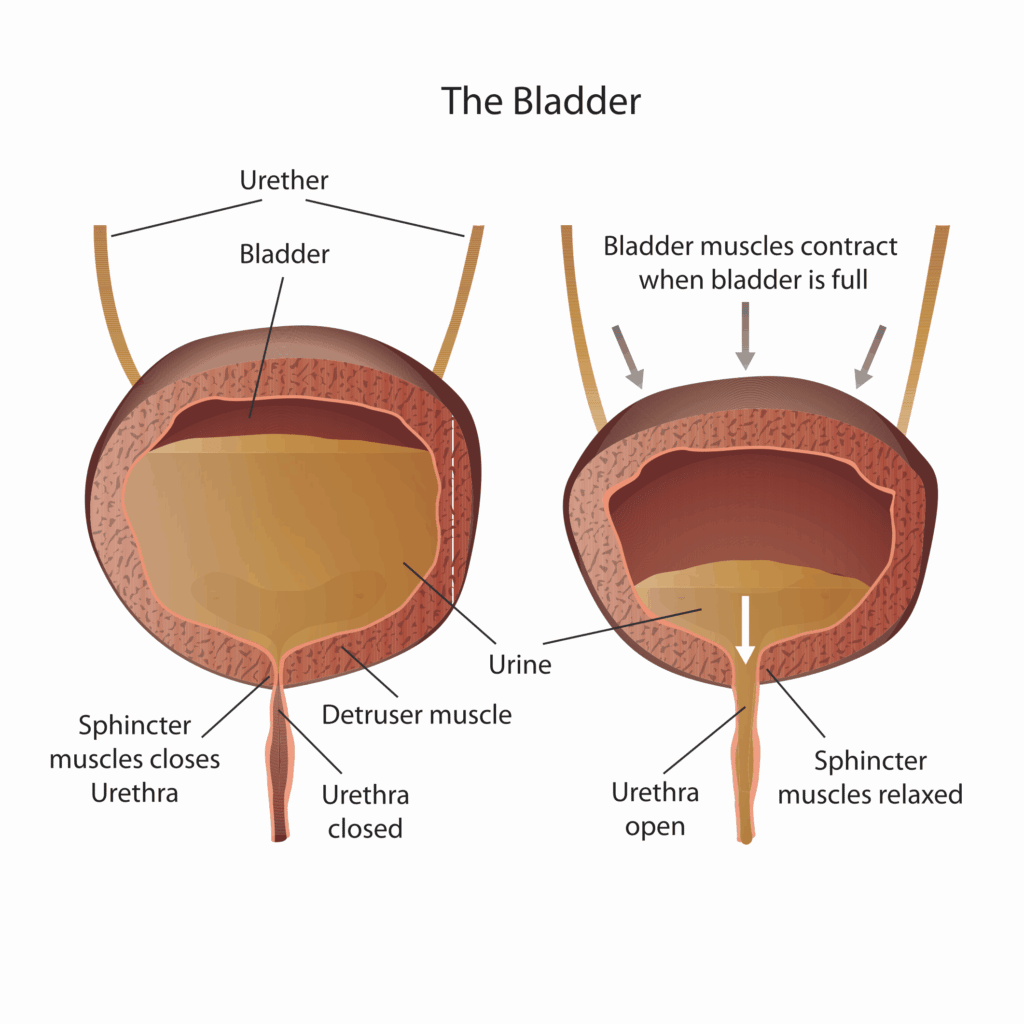Fantastic Tips About How To Repair A Fallen Bladder

Depending on the type of reconstructive surgery, procedures may be performed through the vagina or through the abdomen.
How to repair a fallen bladder. How prolapse is named depends on which organ is affected: If you have a prolapsed uterus. What is a fallen bladder?
Reduce your risk or repeat prolapse. For anterior prolapse associated with a prolapsed uterus, your doctor may recommend removing the uterus (hysterectomy) in. Bladder prolapse can cause several symptoms, including a vaginal bulge, urinary incontinence, frequent voiding of the.
It is located towards the lowest part. Repair of the bladder and urethra is done to help with symptoms such as pressure on the vaginal wall from the movement of those organs, difficulty urinating, urinary incontinence,. Reconstructive surgery moves your pelvic organs back into their.
Electrical stimulation and a procedure called biofeedback can help to straighten the pelvic muscles. Cystocele is when the bladder protrudes into the vagina,. Choose pelvic floor safe exercises.
The urinary bladder is a pelvic organ that both stores and releases the urine formed in the kidneys. Treatment for a cystocele includes cystocele repair surgery, surgery to place a urethral sling, or both. Anterior prolapse (cystocele) enlarge image.
What you should know about prolapsed bladder. There are three grades of cystocele: What is pelvic organ prolapse?
It can cause pain, difficulty peeing and other. A “suspension operation” is a. Conditions that may need surgery include:
Exercise safely after prolapse surgery. When a woman’s bladder sags out of place in her abdomen and breaks through into the vagina, that’s called bladder prolapse. What are the types of cystoceles?
A cystocele repair is a surgery to put. Reconstructive surgery and obliterative surgery. Reduce your risk of prolapse worsening.
There are two types of bladder prolapse surgery: Bladder surgery is a procedure on your urinary bladder — the organ below your kidneys but above your urethra that houses your pee. For electrical stimulation, they attach a probe to another.


















